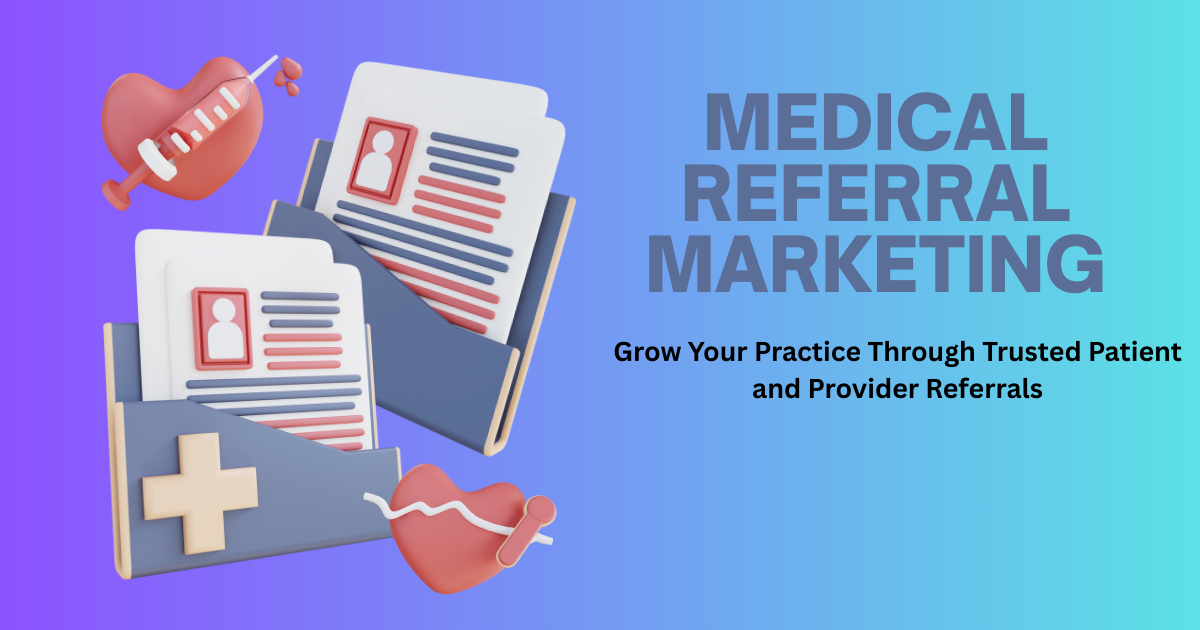Promoting your business in today’s competitive landscape can feel overwhelming. With countless avenues to explore—from social media and email marketing to SEO and influencer collaborations—it’s easy to get lost in the noise. But don’t worry, whether you’re a small business beginning your marketing efforts or an established brand looking to boost visibility, this guide will provide actionable strategies to promote your business effectively.
You’ll learn proven methods for reaching your target audience, maximizing your marketing ROI, and growing your brand. Let’s jump in.
Why Business Promotion is Essential
A great product isn’t enough to guarantee success. To grow your business and achieve consistent revenue, people need to know about your brand, your products, and the value you offer. Effective promotion:
- Builds brand awareness
- Attracts new customers
- Engages existing customers
- Differentiates your brand from competitors
By diversifying your promotional efforts, you’ll ensure your brand reaches the right people at the right time.
1. Use Social Media as Your Strategic Playground
Social media remains one of the most powerful tools for business promotion. Platforms like Facebook, Instagram, LinkedIn, and TikTok enable businesses to connect directly with their target audience, showcase products or services, and nurture authentic engagement.
Focused Tips for Social Media Success:
- Start with the Right Platforms
If you’re a B2C brand, Instagram and TikTok are ideal for visually promoting your products. Professionals or service-based businesses may find more traction on LinkedIn.
- Engage Consistently
Being active matters. Posting regular updates, stories, and reels boosts visibility. Don’t just share content; respond to comments and messages promptly.
- Invest in Paid Ads
Social media advertising offers advanced targeting. You can define your audience’s demographics, behaviors, and interests for laser-focused campaigns.
Example:
A small home décor business can create Instagram ads targeting people aged 25-40 in urban areas who show interest in eco-friendly living.
2. Develop an Email Marketing Strategy
Email marketing is one of the highest ROI marketing methods available. With a reported return of $36 for every $1 spent, it’s essential for nurturing your customer base and driving repeat business.
Steps to Nail Email Marketing:
- Build a Quality Email List
Use website pop-ups, social media CTAs, or offline collection methods (such as QR codes at events) to grow your subscriber base.
- Segment Your Audience
Organize your contacts into different groups (e.g., new subscribers, loyal customers, lapsed buyers) so you can send tailored content.
- Personalize Your Emails
Personalized subject lines and relevant content improve open rates and engagement.
Example:
A clothing retailer could send segmented emails showcasing items previously viewed or purchased by customers, such as additional accessories to complete an outfit.
3. Master Search Engine Optimization (SEO)
SEO is a long-term game but an incredibly effective way to boost brand visibility and drive organic traffic. By optimizing your content for targeted search keywords, you can attract prospective customers looking for exactly what you offer.
Focus Areas for Strong SEO:
- Keyword Research: Use tools like Google Keyword Planner or SEMrush to identify relevant keywords your audience is searching for.
- Create Quality Content: Write blogs, tutorials, or guides that address your customers’ pain points and feature your keywords naturally.
- Technical SEO: Optimize your website’s speed, mobile responsiveness, and navigation for better results on search engines.
Example:
A fitness studio could rank higher on search engines by creating a blog titled “Top 5 Benefits of Joining a Gym Near You.”
4. Partner with Influencers and Brand Ambassadors
Influencer marketing can give your business an edge by leveraging the trust and credibility influencers have built with their audiences. Collaborate with influencers, content creators, or even niche micro-influencers to reach a larger audience.
How to Pick the Right Influencers:
- Find Relevant Influencers
Choose someone whose audience overlaps with your target market. For instance, a health food company should approach wellness bloggers.
- Ensure Authenticity
Recommendations that feel natural and genuine resonate more with audiences than generic ad reads.
Example:
A skincare brand might collaborate with a self-care influencer to demonstrate the product’s benefits during a morning routine vlog.
5. Claim Your Space in Online Directories
Make sure your business is visible wherever potential customers look for recommendations or services. Online directories like Google My Business, Yelp, or Yellow Pages can help increase local visibility.
Checklist for Online Directories:
- Claim Your Listing
Confirm your business is listed on major directories.
- Fill Your Profile Completely
Include photos, operating hours, links to your website, and updated contact information.
- Encourage Reviews
Positive reviews help build trust and boost rankings within directories.
Example:
A local coffee shop can encourage customers to leave reviews on Google, attracting local users seeking highly-rated places nearby.
6. Leverage Content Marketing
Content marketing revolves around creating valuable content that educates, engages, and inspires your audience. People are more likely to trust brands that position themselves as thought leaders.
Content to Create:
- Blog posts
- Tutorials and how-tos
- Infographics
- Videos and podcasts
Example:
A tech company offering cloud services could create a series of blog posts or videos like “5 Ways Cloud Storage Saves Time and Costs for Small Businesses.”
7. Build a Community Around Your Brand
A loyal community can be your most valuable marketing asset. Nurturing a group of devoted customers results in word-of-mouth promotion, one of the most trusted forms of advertising.
Ways to Build Community:
- Host webinars, Q&A sessions, or live streams to engage directly with your audience.
- Start a Facebook group or LinkedIn community about your niche.
- Offer referral programs to encourage your existing customers to bring in new ones.
Example:
A sustainable fashion brand could create a Facebook group to share tips on eco-friendly living, encouraging followers to share their experiences.
Final Thoughts on Promoting Your Business
Promoting your business effectively isn’t about choosing one method over another; it’s about strategically combining several approaches to reach your desired audience. From social media to SEO, email marketing to influencer partnerships, every effort you invest will pay off with consistent and thoughtful execution.
Start optimizing your strategies today, one step at a time. Whether it’s putting together an email drip campaign or launching your first ad on social media, what matters most is that you start.
Learn more about: What is Referral Program Software and How Can It Boost Your Business?







